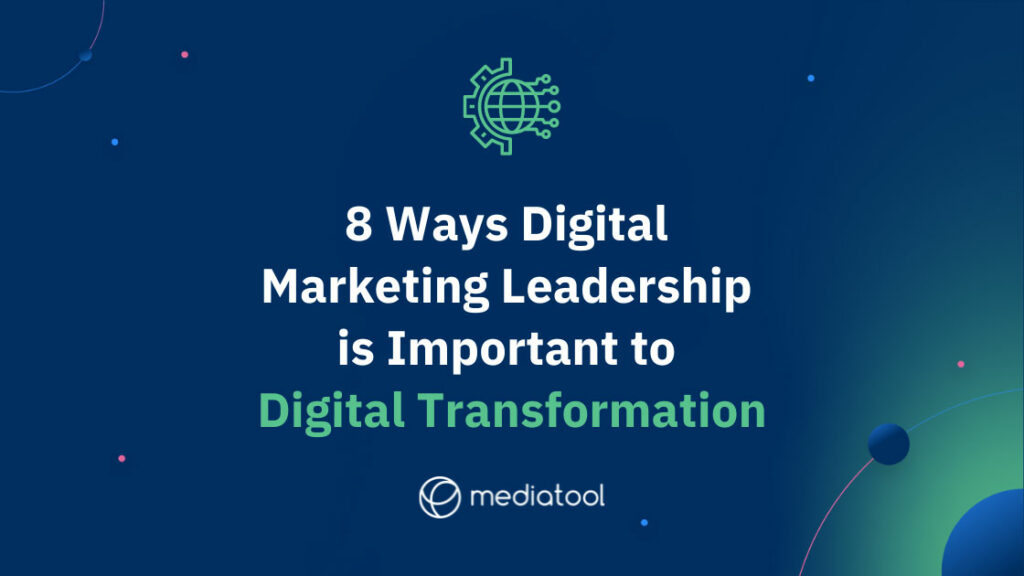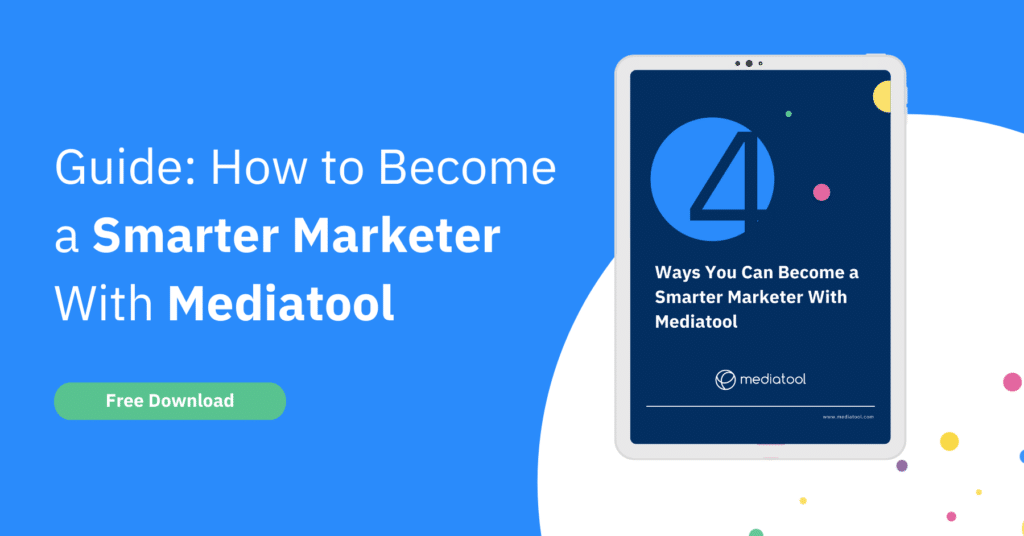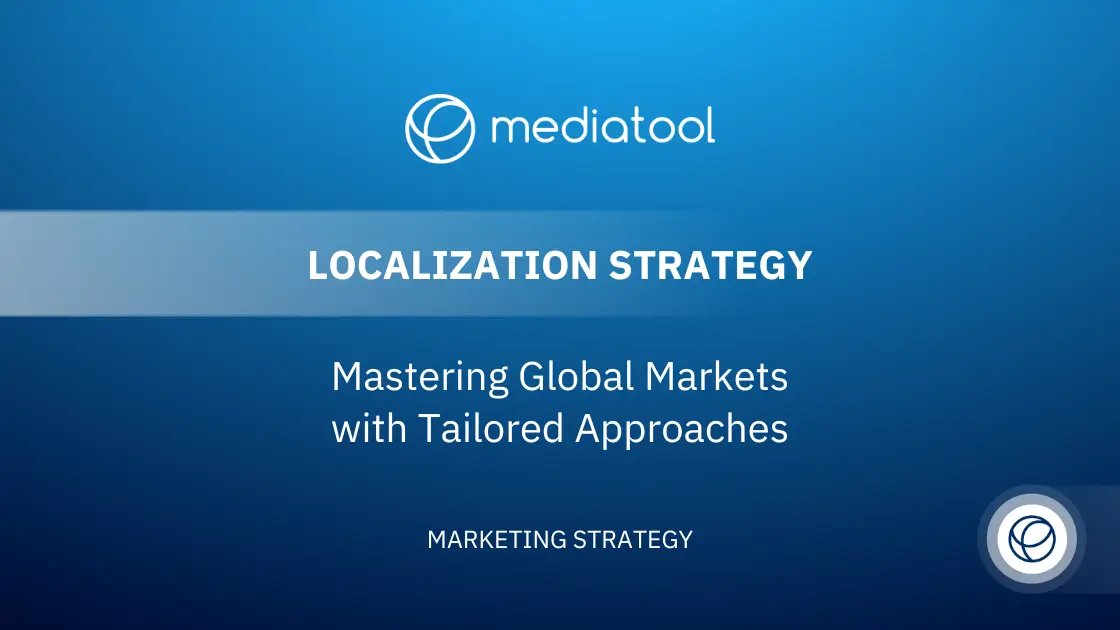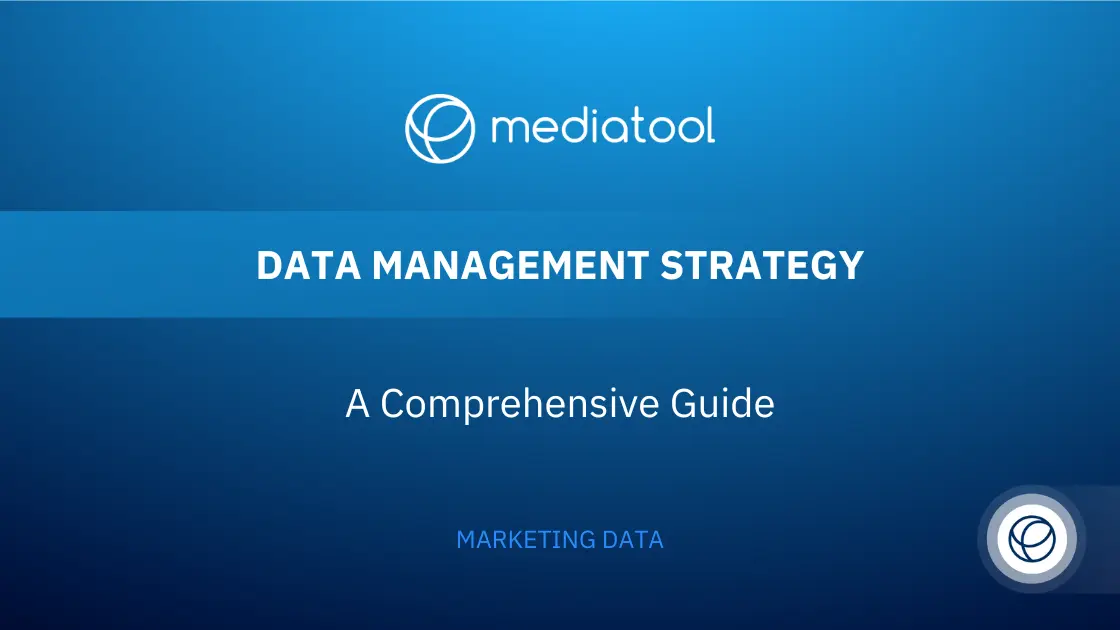Digital transformation is not a thing that will one day happen, it’s a continual process that every organization is currently experiencing. The companies that embrace it and work to speed the process along will stand the test of time, vs those who try to adapt at the last minute.
As a department, marketing has been digitizing for longer than others–if you think about it, most marketing is now digital marketing. Digital transformation in marketing is the norm, and as marketers we’re more used to it than to those in other areas of the business.
All organizations should have a digital transformation strategy in place. And as we touched on in our blog about challenges CMOs are facing, more often than not marketing leaders and CMOs are expected to lead the digital transformation strategy. However, this strategy isn’t as simple as adopting some new technologies, ticking a box and saying “hey, that’s us done”, it requires an attitude change across the whole organization–from CEO to intern.
In driving the digital transformation strategy, marketing leaders must become digital leaders and inspire senior stakeholders across the business to do the same.
What is Digital Marketing Leadership?
Digital leadership is the person or people responsible for managing digital transformation. This is usually carried out by senior leaders with experience in digitalization, such as the CMO or CIO.
Digital transformation is key to becoming more customer-centric, but strong leadership is needed to manage this new mindset shift. As a marketing leader you’re close to: the customer, consumer trends, the product, company goals and are digitally-savvy. Pair all of this with great communication skills and you’re uniquely positioned to drive digital leadership, and get the message across to the rest of the business.
Why is Digital Marketing Leadership Important to Digital Transformation?
Employees these days are quick to change jobs, with many choosing companies that can deliver a worthwhile, on-the-job experience, as opposed to those that don’t prioritize this.
The strength of your digital leaders and the digital tools you use, along with the ambition to be innovative and use cutting-edge technology, can be a deciding factor in employee loyalty. Especially for younger generations entering the workforce now. They’re digitally native and won’t relate to a company that isn’t.
Does your business nurture your employees’ skill sets and encourage career progression? Are you switching up processes and maintaining the right balance between work that’s challenging and exciting for your staff? This is where digital leadership is important to digital transformation.
So, How Can Marketing Leaders Be Effective Digital Leaders?
1. Develop talent for digital transformation
As a marketing leader you can encourage digital transformation by developing current talent to facilitate your digital transformation strategy. This is done by adjusting roles and responsibilities so they align with your new targets.
You need to lead by example, teaching other executives how to do the same with their team. The aim is to engrain this in company culture, to remove silos and ensure your organization is moving as one. This might not always be easy. You might find that it’s another senior leader that needs to change, and not their staff. It can open up difficult conversations, but this is why marketing leaders make great digital leaders as they need to possess excellent communication skills.
2. Leverage technology to improve operations
According to Forrester, 93% of companies agree that innovation technologies are necessary to reach their digital transformation goals. Depending on the roles within your organization, the CIO, CMO or CTO are usually the first to embrace new digital tools. But, where a lot of CTOs may have used the same legacy technology for a while, it’s the CMO who understands how to make the move from old to new.
Savvy digital leaders leverage technology to help improve the daily operations of the company. Just like savvy marketing leaders, who use platforms like Mediatool to improve the daily running of their marketing operations.
It’s not as simple as buying into technology. You need to actually use it to its full potential, monitor and measure the results you’ve achieved from using it and spot opportunities to use it to your advantage.
3. Become customer-centric
Changes in consumer behavior and customer loyalty is directing business change. Customers want instant and personalized customer journeys from the channels of their choice, and this engagement is essential to maintain brand loyalty. For many digital leaders, customers are their top business priority.
Great marketing leaders are always up to date on how customers act, what makes them tick, how they make decisions and what technologies they’re using. You must leverage this technology to boost your own services and infrastructures, so that your whole business can become more customer-centric.
4. Encourage collaboration
With more people working remotely, digital leaders need to embrace knowledge-sharing models and technology to improve team collaboration.
Marketing teams know this all too well. With the daily running of marketing activities paired with new campaigns, reporting and collaborating with agencies, silos can ruin the best of your work. It’s essential to find tools that help encourage collaboration, not only within teams like marketing, but within the whole company, to ensure data and communication is not disorganized and chaotic.
5. Improve the employee experience
Remote work has changed how workers communicate with colleagues and their employers. Digital transformation can also be deployed to improve employee experience and efficiency, for example, by adopting tools that help employees do their job better (like Mediatool..), training staff on new technologies or techniques so they learn and become more confident in their role, and automating processes to reduce heavy workloads.
Read more: 7 Tips for Leading a Remote Marketing Team
6. Inspire others to embrace innovation
As marketers we have a knack for keeping people connected and engaged. It isn’t always easy to encourage people to change old habits, but it’s the key to success. Great marketers will encourage other C-suite executives to adopt new ideas and strategies that will work towards the collective future.
Marketing leaders are so good at this as it needs to come from someone with communication skills to tailor messages to their audience, to reduce resistance internally and actually make a change.
Take a deep dive into being an innovative leader here.
7. Explore new partnerships
To help reduce heavy workloads on your teams that need to focus their time on hitting targets, smart marketing leaders know when to use digital technologies, but also when you’ve reached the limit internally, and when you need to outsource the work to agency partners, to make sure you stay on track with your digital transformation strategy.
8. Lead digital transformation purposefully
Digital workforces need businesses to respect their concerns and values for a digital transformation to be successful. It isn’t just a case of optimizing capabilities and creating new opportunities, but of adjusting an environment.
Business leaders must be attentive to how their leadership is experienced, and decide which tools, technologies, and methods to deploy to make stakeholders, consumers and employees feel valued.
The Role of Marketing is Evolving with Digital Transformation
New marketing leadership is going to be measured differently than in the past. It also requires a new skill set and for marketing leaders to become key digital leaders too, driving digital transformation.
So what should you as a marketing leader do first? Well, get your own ducks in order. Ensure your marketing processes are aligned with the digital transformation strategy and that you’re practicing what you preach. Move away from tired old methods of data collection and reporting, and automate it so you can do your job better.






